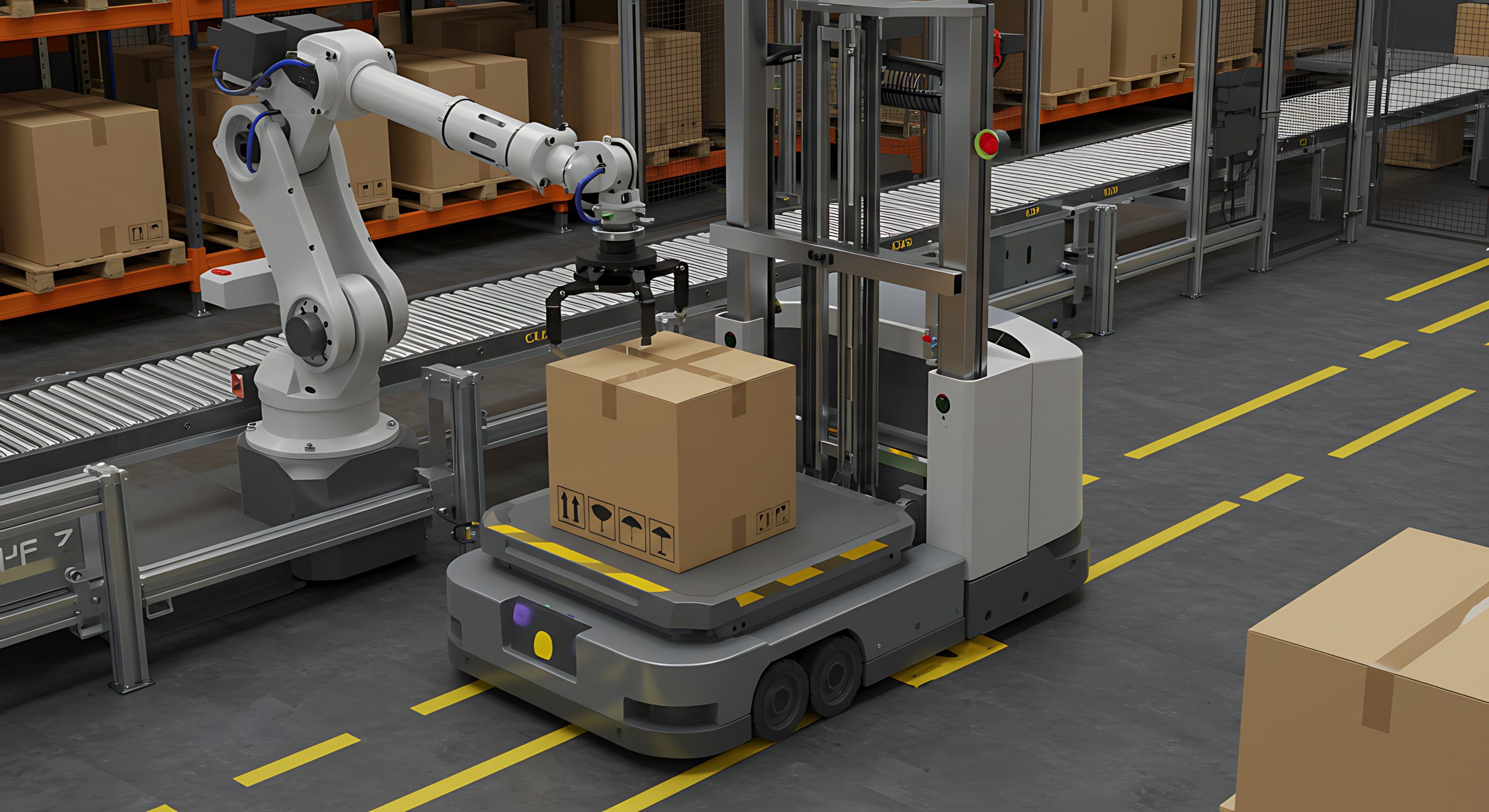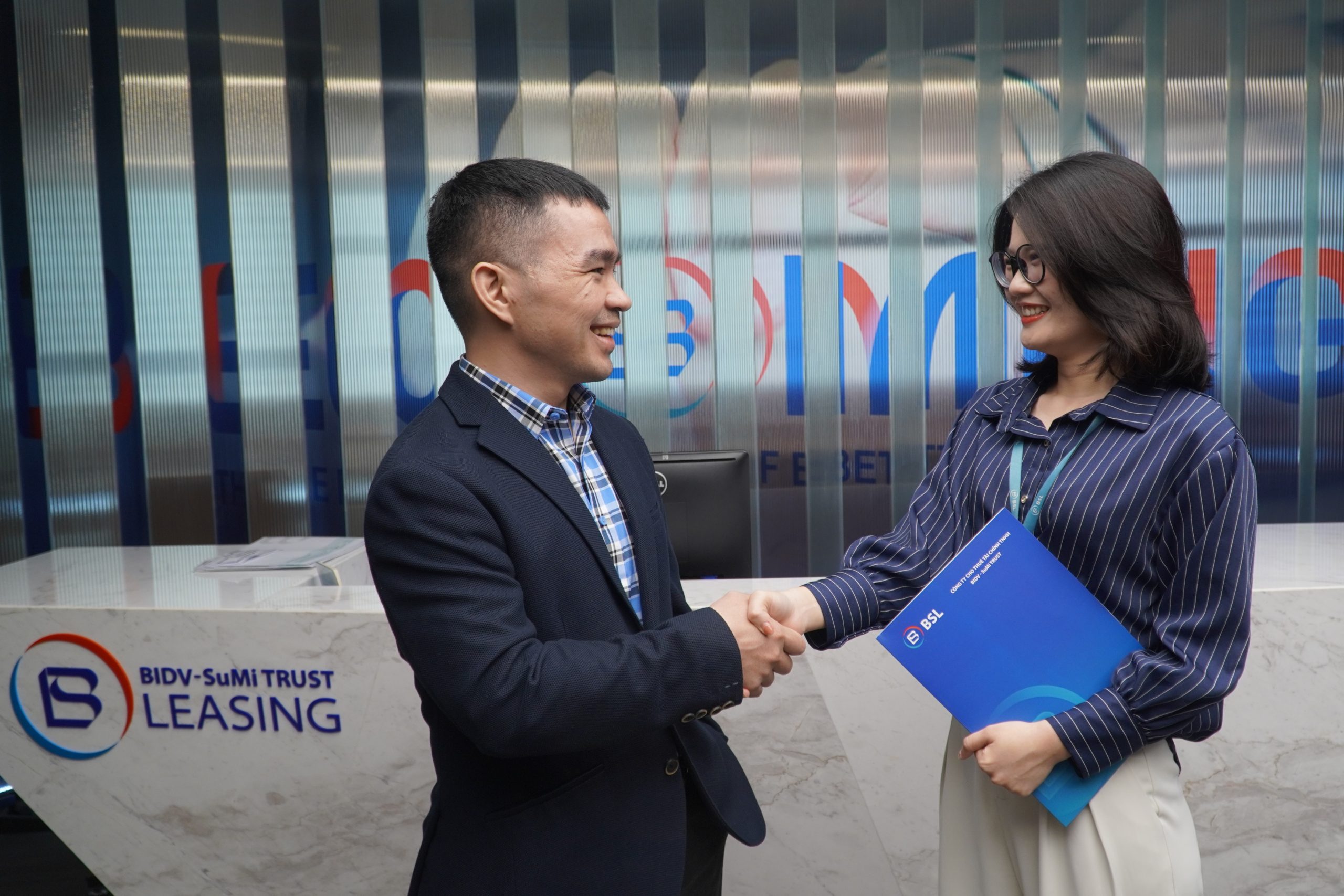News
- News
- Vietnamese Logistics Before the Breakthrough Opportunity: When Technology and Capital Become Acceleration Levers
Vietnamese Logistics Before the Breakthrough Opportunity: When Technology and Capital Become Acceleration Levers
(Article on the Forum Business Magazine dated 15/10/2025)
As the market expands and demands become more stringent, two key factors—“technology” and “capital”—are becoming crucial pillars that enable logistics companies to accelerate their transformation journey.

The Vietnamese logistics sector is standing at the brink of a significant breakthrough, aiming to become the new logistics hub of the ASEAN region.
In a rapidly evolving global economic landscape, the Vietnamese logistics market, valued at approximately $70-80 billion and comprising over 45,000 logistics companies, has the potential to become the new logistics center of ASEAN. Logistics not only serves as the backbone of the supply chain but also acts as a measure of the competitiveness of the economy. As the market expands and demands increase, the dual factors of “technology” and “capital” have become vital for logistics companies’ transformation.
Trends in the Vietnamese Logistics Sector: Opportunities and Competitive Pressures
According to the Vietnam Logistics Business Association (VLA), logistics has been one of the fastest-growing and most stable service sectors in Vietnam, with a growth rate of approximately 14-16% per year. A clear demonstration of this is the volume of goods transported in the first six months of 2025, which exceeded 1.43 billion tons, reflecting a 14.28% increase compared to the same period last year. The logistics sector recorded a growth rate of 10.8%, contributing about 5.17% to GDP, affirming its vital role in the supply chain and national economic development.
The explosion of e-commerce in Vietnam, particularly in major cities, is driving a surge in demand for transportation, warehousing, and fast delivery services. Additionally, the “China Plus One” strategy is creating a wave of global supply chain shifts, making Vietnam an attractive destination in the production and distribution networks of multinational corporations. This presents an opportunity for the domestic logistics industry to scale up, upgrade infrastructure, and professionalize.
However, challenges are also significant. Currently, logistics costs in Vietnam account for 16-18% of GDP—considerably higher than the global average of 10-12%—which diminishes companies’ competitiveness. The infrastructure connecting different transport modes is often inconsistent; many logistics businesses lack long-term capital and face significant pressure from high technology investment costs, while also struggling to integrate new technologies with existing systems. Moreover, increasing international partner demands for transparency, sustainability, and ESG standards are placing pressure on logistics companies to transform more vigorously than ever.

Technology Becomes the Key to Optimizing Operations and Enhancing Productivity for Logistics Companies.
As we move into the 2025-2035 period, digital transformation and green logistics are viewed as urgent and inevitable trends. The application of advanced technologies, such as Artificial Intelligence (AI), the Internet of Things (IoT), Blockchain, and Big Data analytics, is helping logistics companies optimize operations, enhance supply chain visibility, and make quicker, more accurate decisions. Simultaneously, green logistics—through solutions like optimizing transport routes, utilizing environmentally friendly vehicles, implementing energy-efficient cold storage systems, and effectively managing warehouses and recycling packaging—can not only improve efficiency but also serve as a sustainable development strategy. This approach mitigates negative environmental impacts, optimizes resource use, and strengthens brand image, aiming towards a modern logistics ecosystem focused on greening and digitization.
Capital and Technology Become Accelerating Levers
Digital transformation in logistics is not only about technology but also involves capital considerations. To invest in intelligent management systems, data centers, automated machinery, modern transportation vehicles, or IoT sensors, companies need a robust financial foundation to sustain long-term investment. While technology opens up acceleration opportunities, capital acts as the fuel that allows the wheels of innovation to operate sustainably.
In reality, most logistics companies—particularly small and medium-sized enterprises—recognize the importance of technological transformation but face challenges in accessing traditional loan sources due to low credit limits, lack of collateral, or low equity ratios. Meanwhile, the pace of technological change is rapid, putting companies at risk of depreciation and obsolescence if they invest inappropriately or at the wrong time.
In this context, flexible financial solutions, such as financial leasing, are becoming a “smart lever” enabling logistics companies to bridge the gap between investment needs and capabilities. Through this model, businesses can utilize assets—ranging from transportation vehicles to technology systems for management and operations—without incurring excessive upfront procurement costs. Instead, costs are spread out over the term of the contract, allowing companies to maintain flexible cash flow and easily upgrade equipment as new technologies emerge.
Additionally, a form gaining increasing attention among logistics enterprises is the “Sale and Leaseback.” This allows companies to sell their owned assets, like vehicles and equipment, to a financial leasing company and then lease them back for continued use. This solution quickly releases cash flow while ensuring uninterrupted production and business operations. The capital obtained from asset sales can be reinvested in new technology, scaling operations, and enhancing competitiveness.

Mr. Hoang Van Phuc, Deputy General Director of BSL, noted that financial leasing is an effective tool that helps logistics companies quickly access modern technology capital.
During the VI Regional Logistics Forum in Hue, Mr. Hoang Van Phuc shared: “Financial leasing is an effective tool that helps logistics companies quickly access new technology, modernize their transport vehicles without making a substantial initial investment. It’s a smart capital approach aligned with the sustainable development trends in the industry.”
The combination of modern technology and flexible capital forms a sustainable competitive advantage for logistics companies. When firms have the capacity to invest without being “capital-strapped,” they can easily optimize costs, increase productivity, enhance operational capabilities, and improve service quality—all critical factors determining their position in the global supply chain.
BSL – The Financial Partner Accompanying Modern Logistics Enterprises
In this transformation wave, BSL is recognized as a reliable financial partner, accompanying logistics businesses on their modernization journey. With international experience, deep understanding of the domestic market, and a team of professional financial experts, BSL provides flexible financial solutions tailored to each company’s operational model and development direction.

BSL – A financial partner accompanying logistics businesses on their journey of greening and digitization.
Currently, BSL offers financial leasing services for tangible assets serving logistics activities such as road transport vehicles, inland waterway transport vehicles (excluding ships), unmanned aerial vehicles, and logistics technology equipment. Notably, BSL focuses on supporting businesses in accessing green financial solutions, investing in energy-efficient vehicles and equipment, in line with the ESG standards gaining international attention.
In a globally competitive economy driven by speed, data, and flexibility, the Vietnamese logistics sector stands before unprecedented opportunities to advance. To turn these opportunities into reality, companies need not only a commitment to innovation but also smart financial leverage.
BSL’s partnership is the key that opens the pathway to breakthroughs, helping Vietnamese logistics companies not only accelerate but also develop smartly—greenly and sustainably on the global supply chain map.
Thao Nguyen
(Source: Logistics Việt Nam trước cơ hội bứt phá: Khi công nghệ và vốn trở thành đòn bẩy tăng tốc)